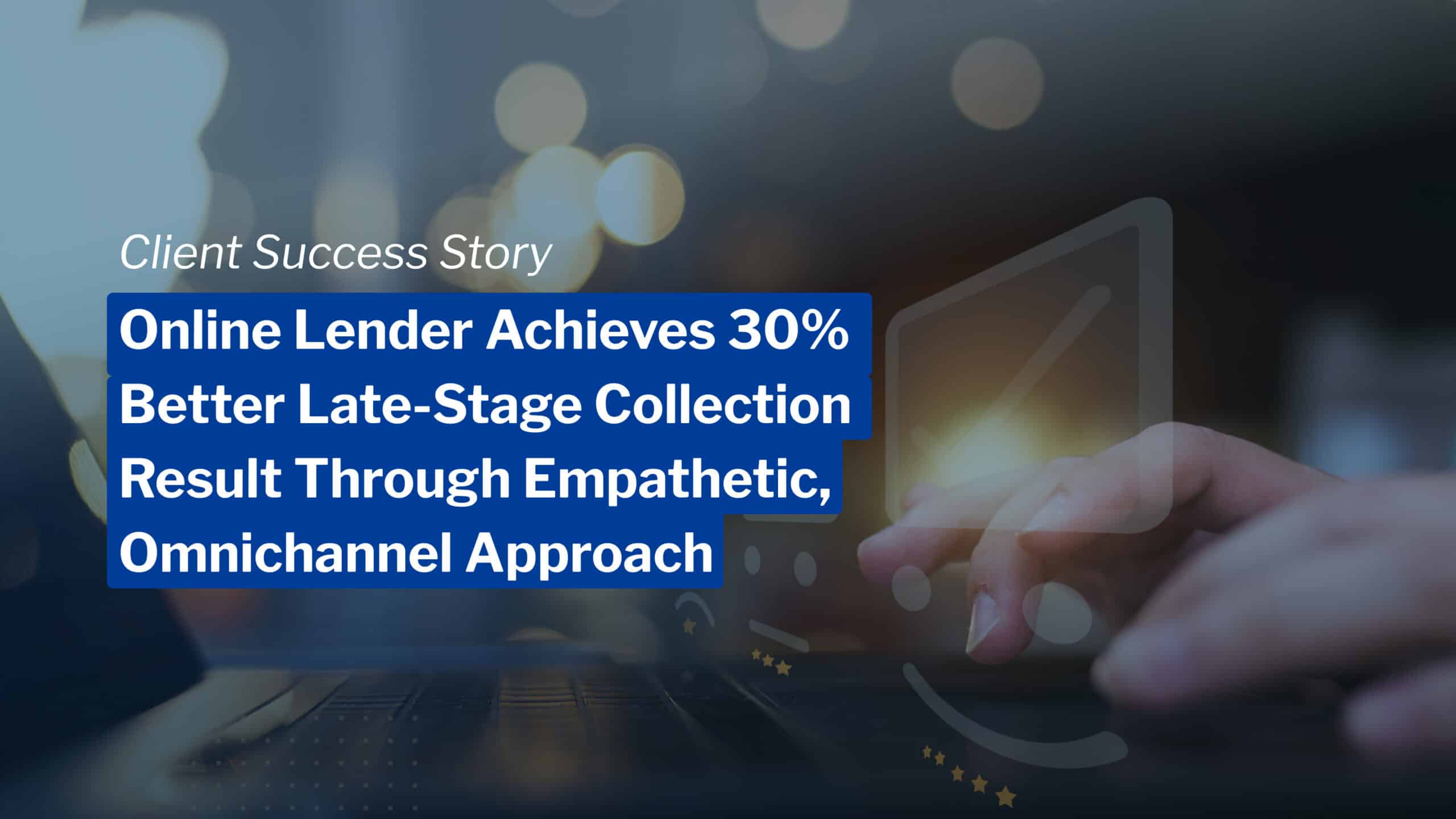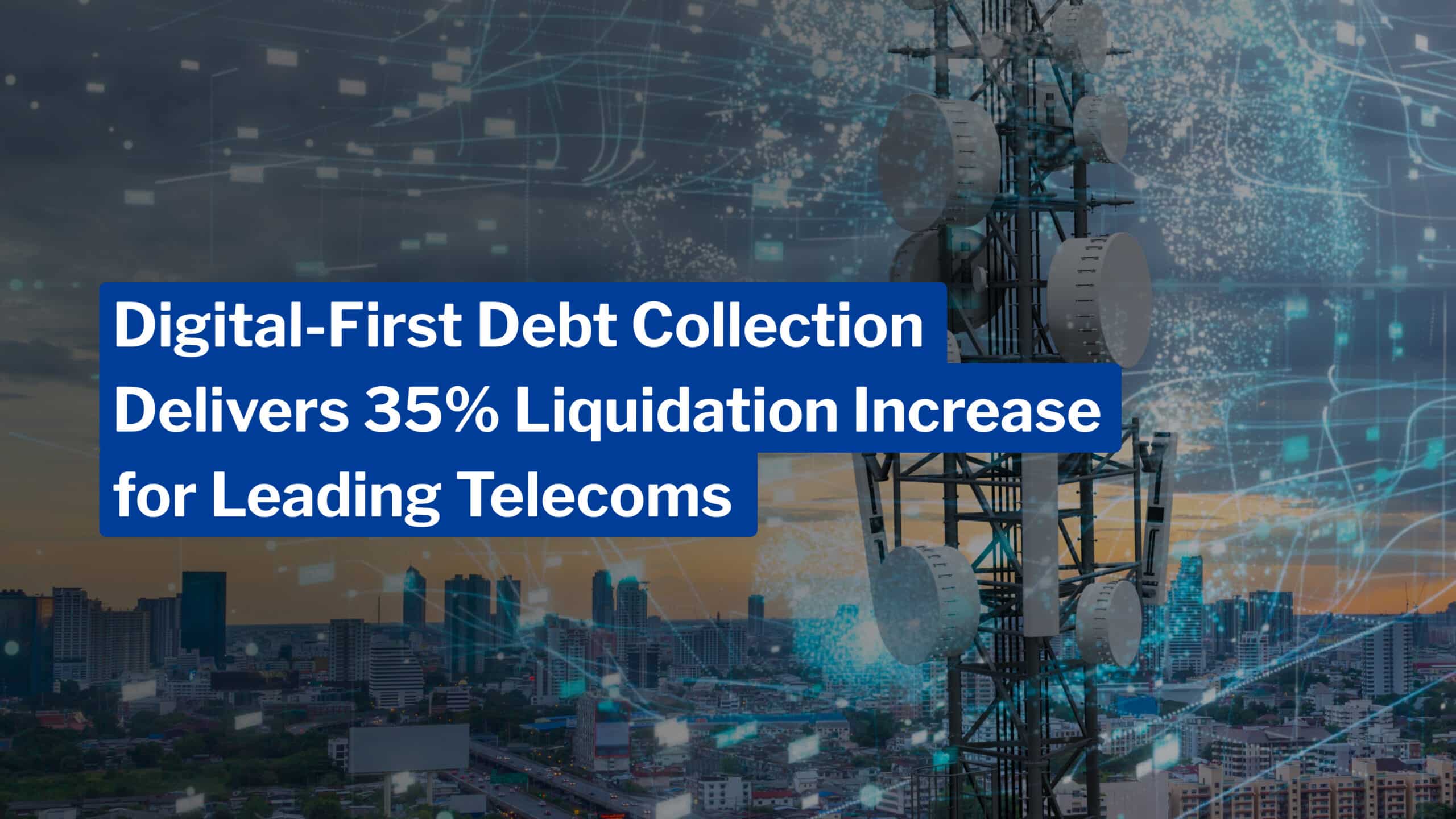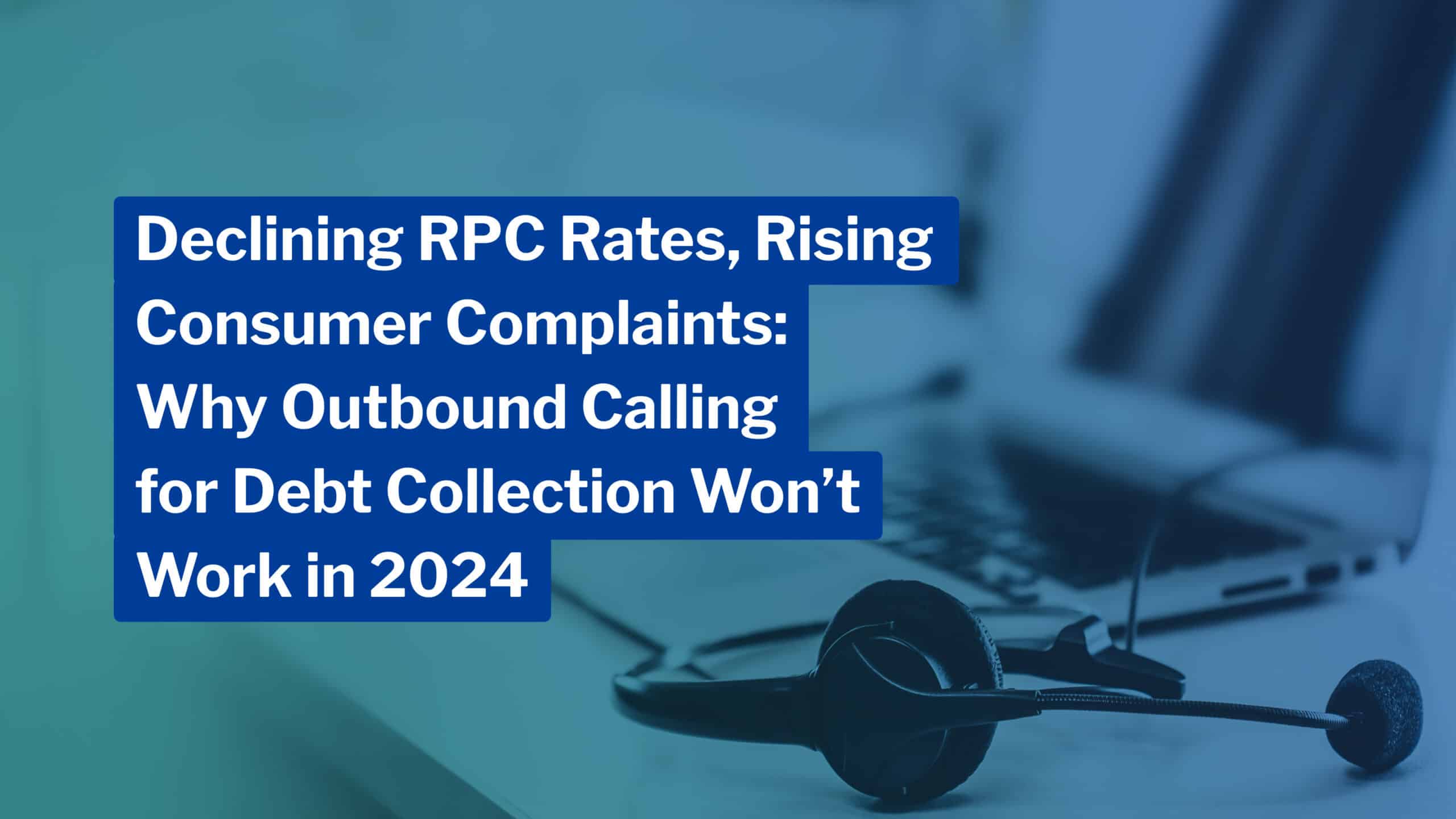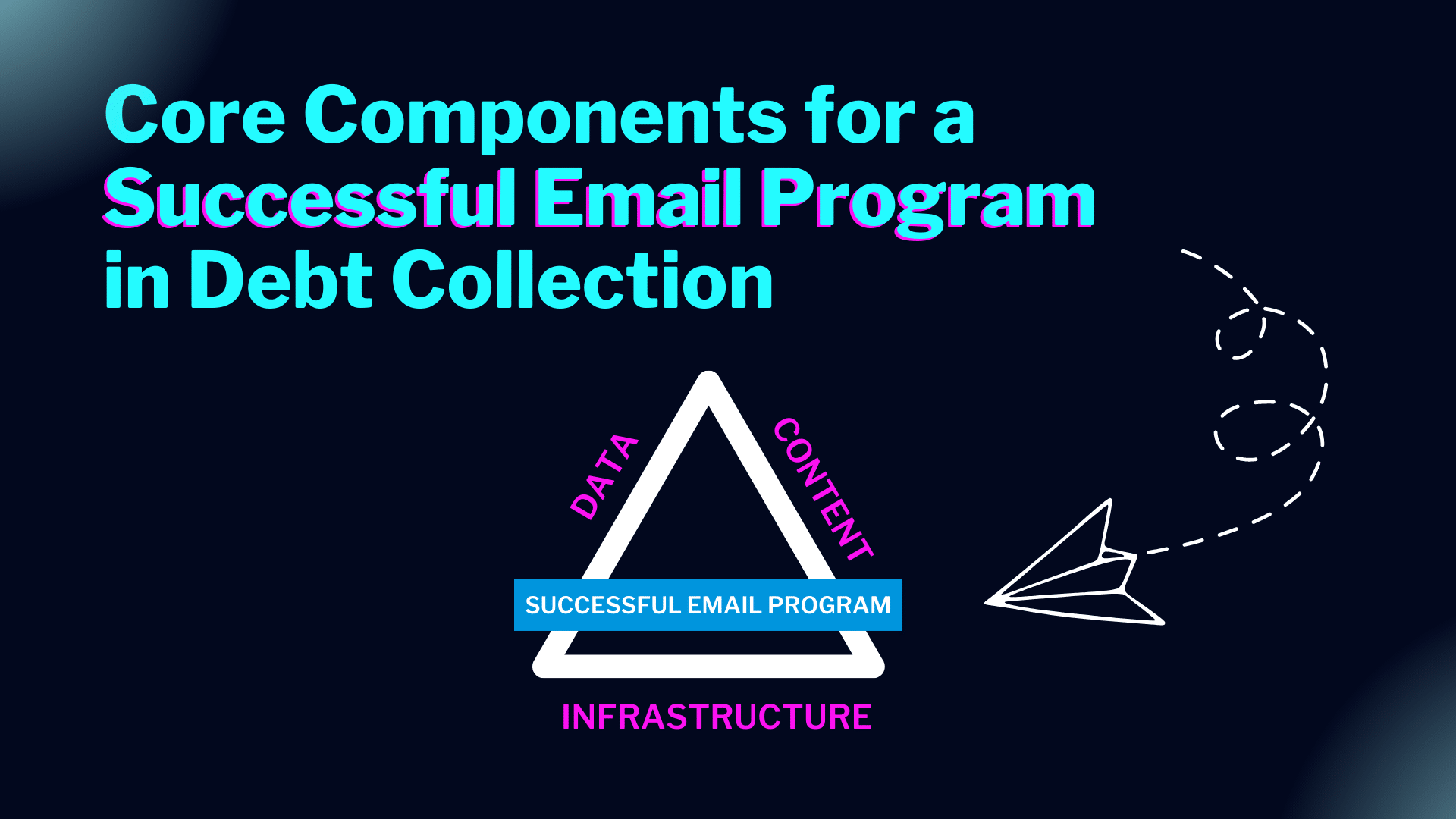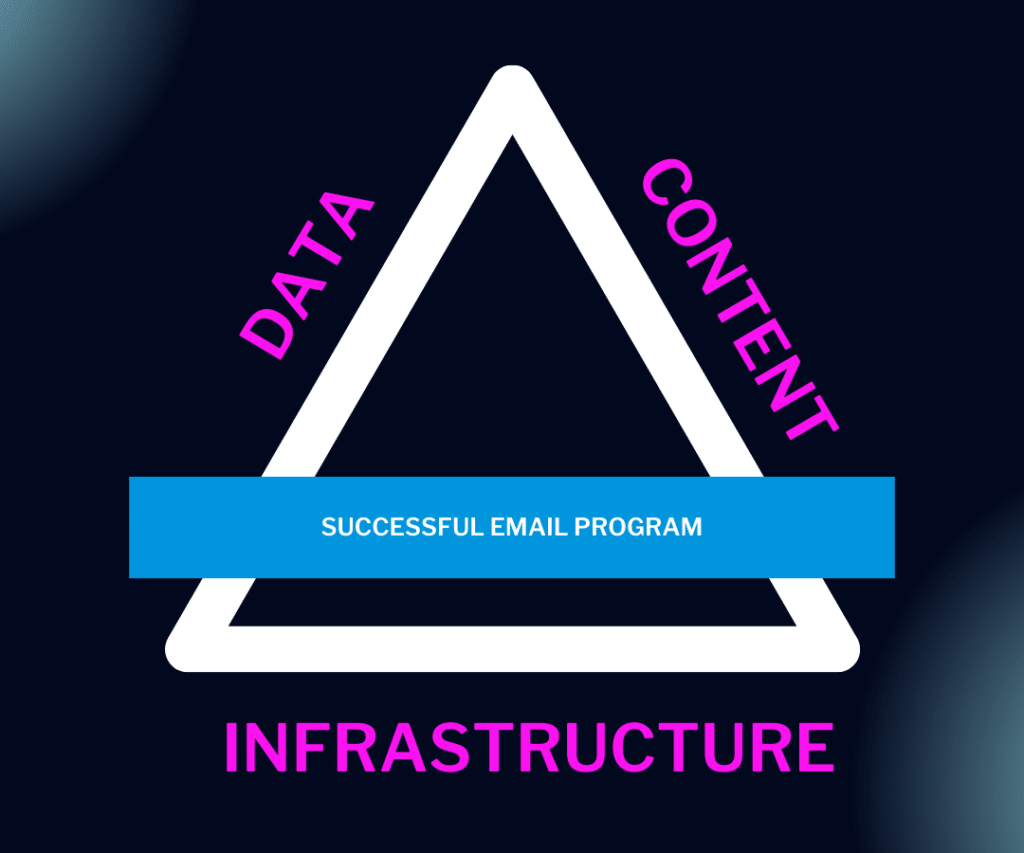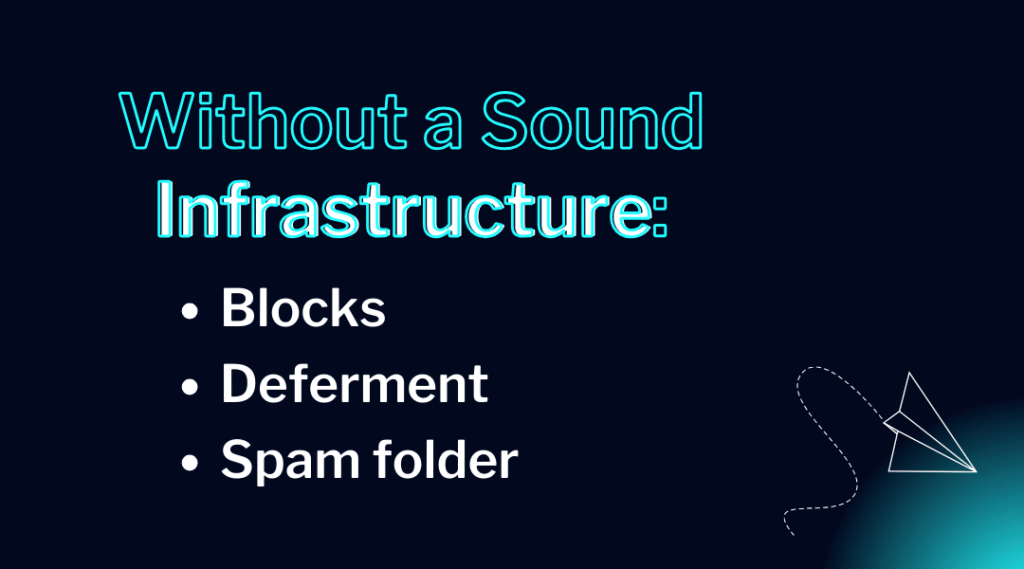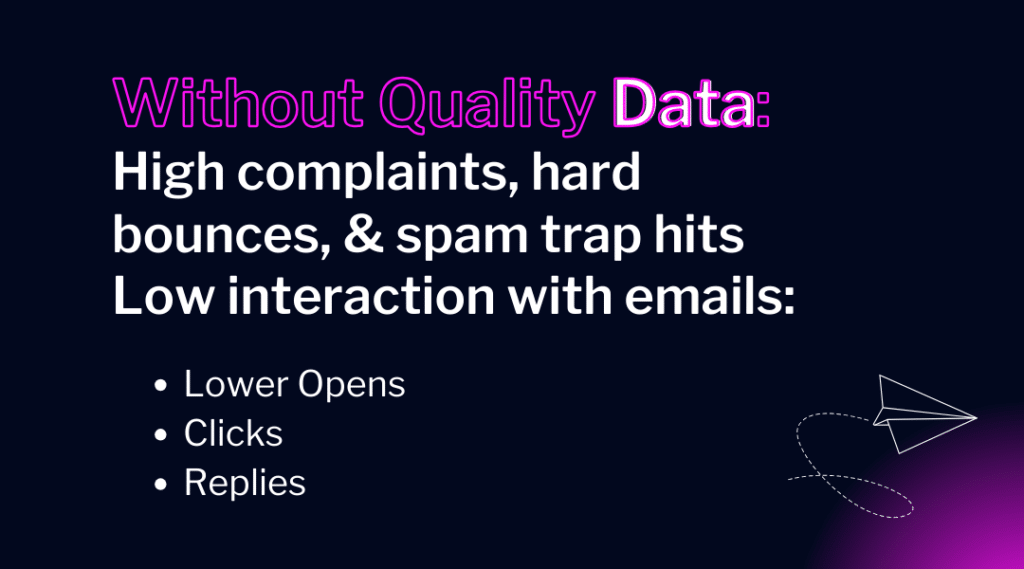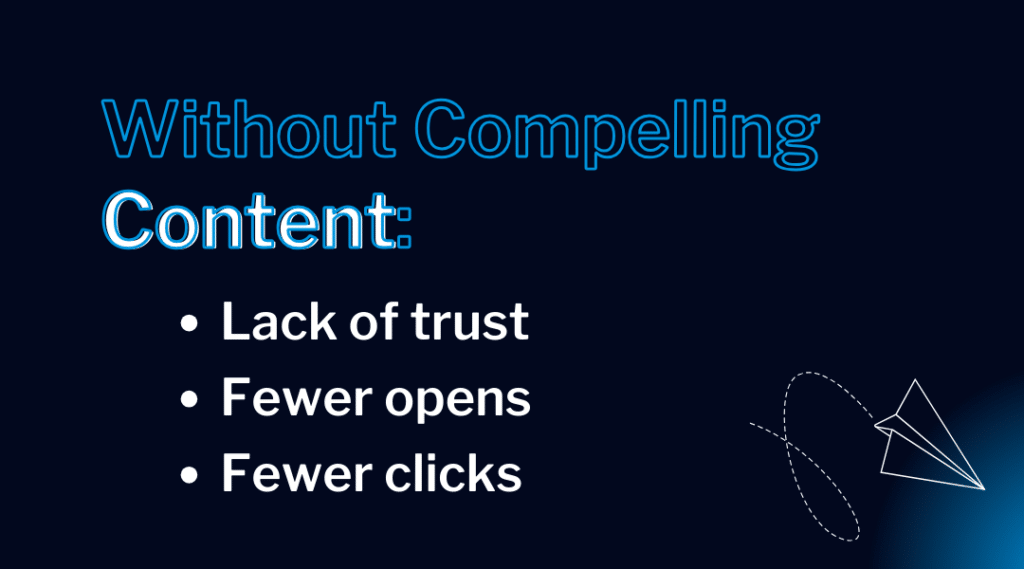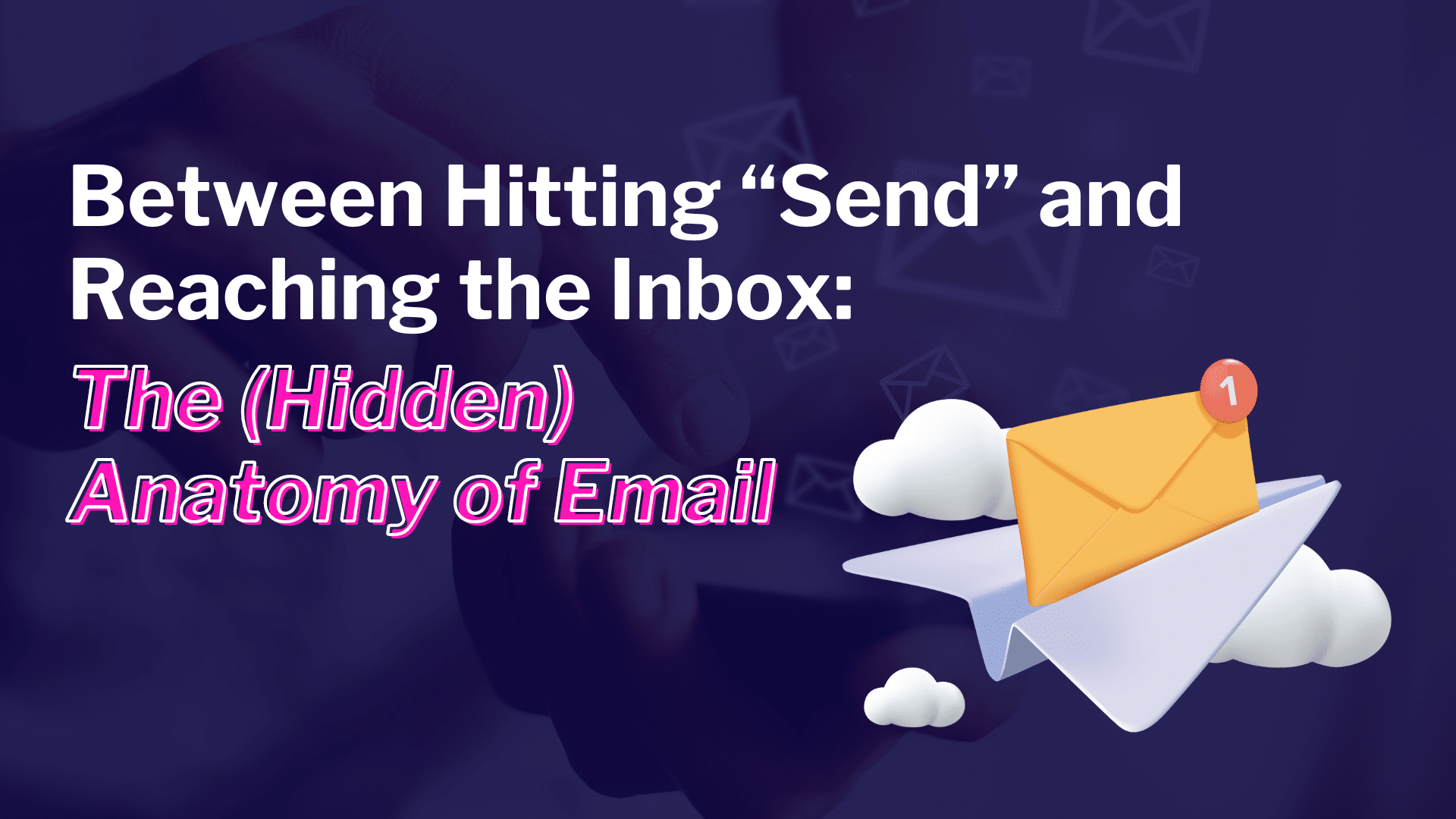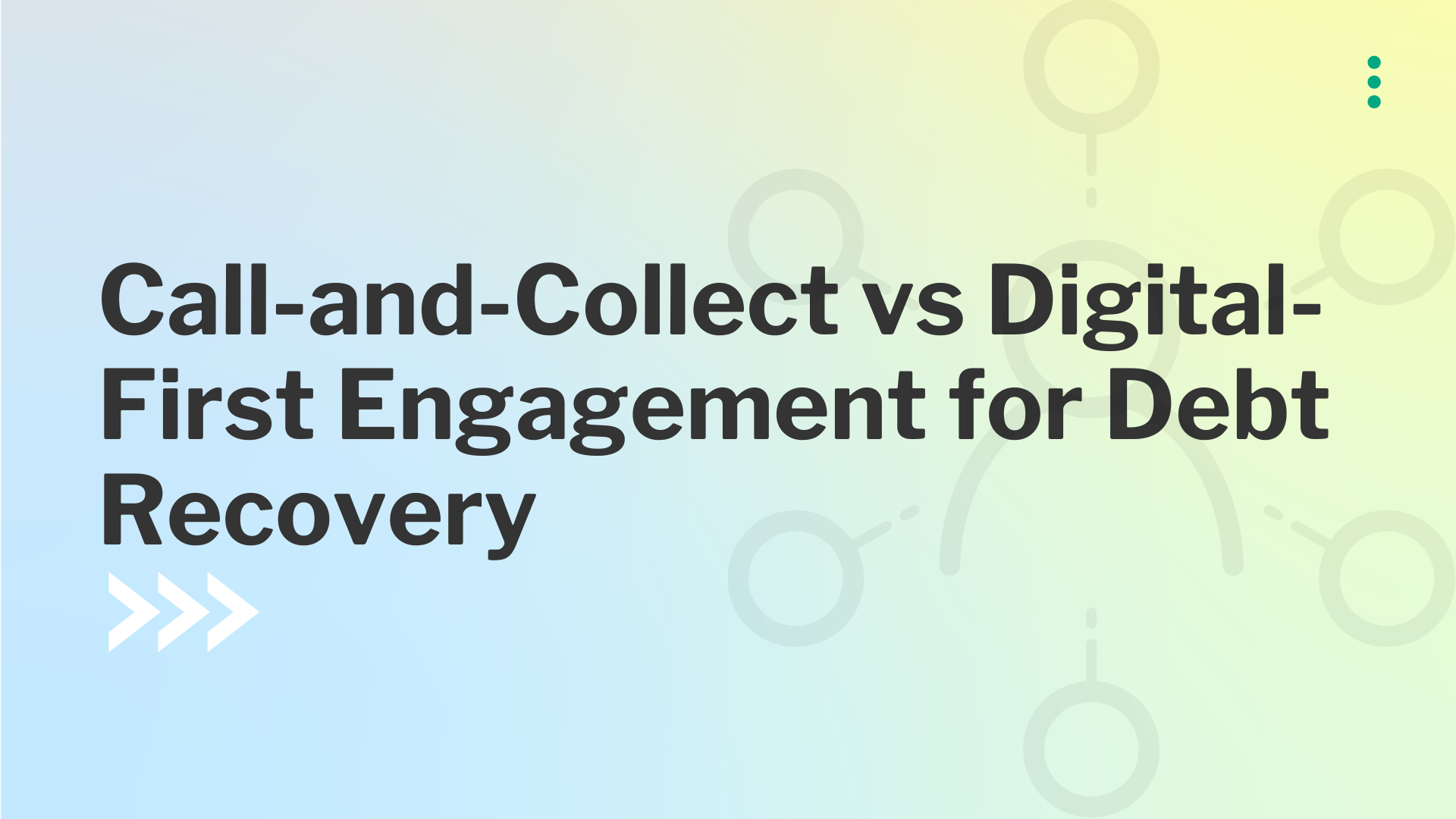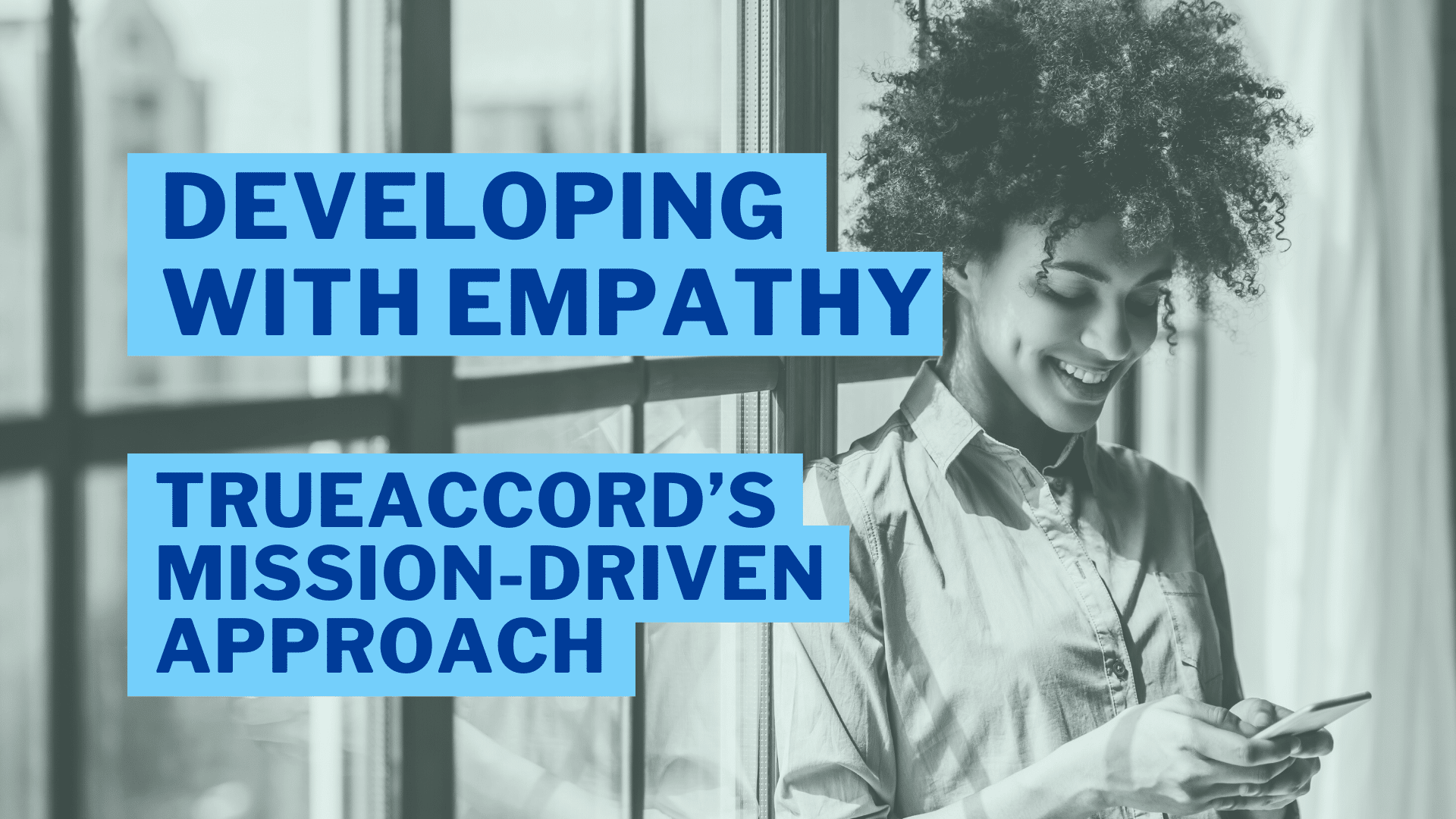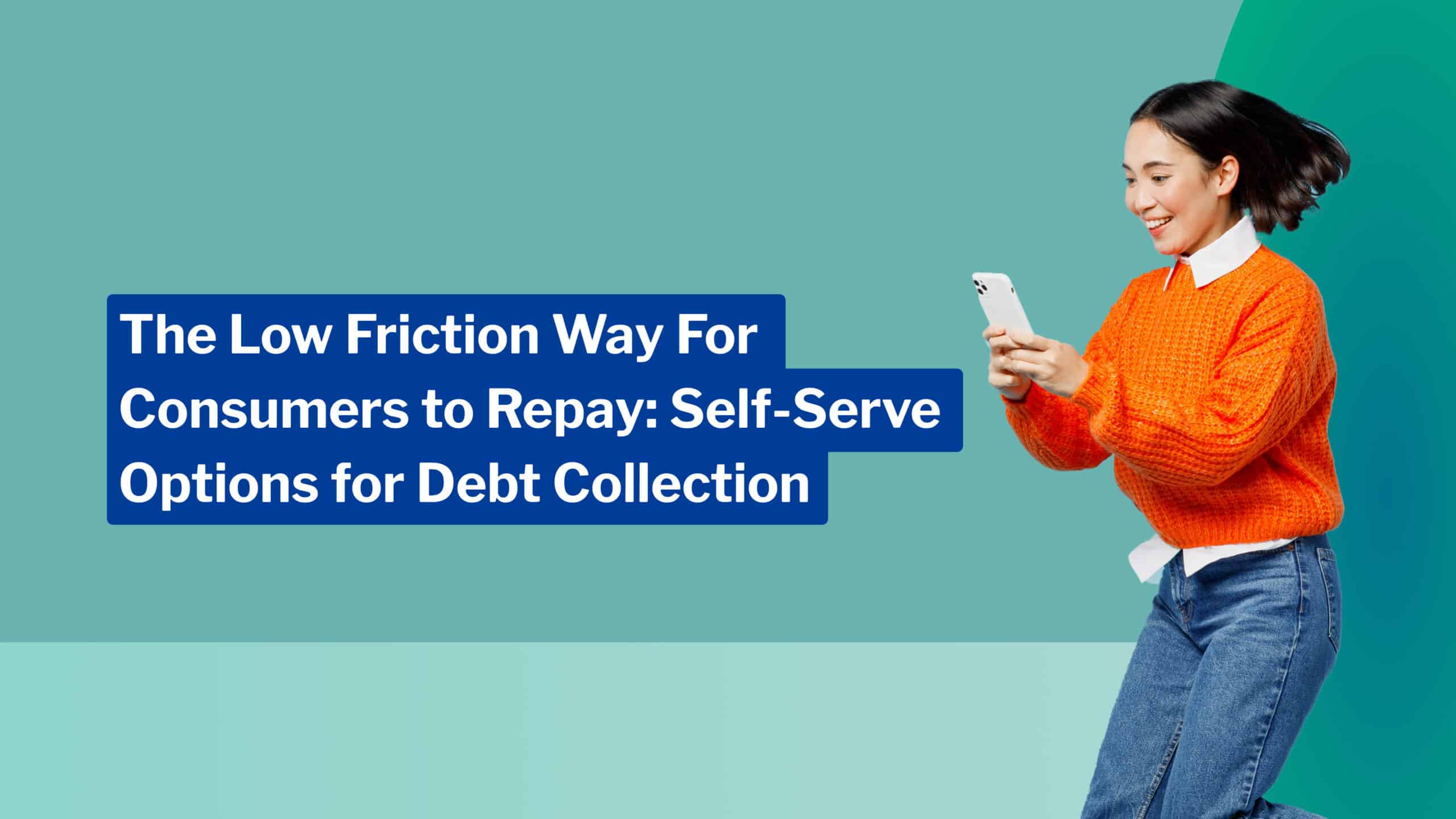
After months of inflation woes, both economists and consumers are starting to see a glimpse of optimism.In the first interest rate cut since the early days of the Covid pandemic, the Federal Reserve announced in September 2024 that it is slicing half a percentage point off benchmark rates. So it’s not surprising that Americans are getting more confident that inflation is cooling off, but optimism for the U.S. economy doesn’t extend to personal finances—consumer expectations for going delinquent on their debt in the next three months hit their highest level since the start of the pandemic.
And the share of severely delinquent credit card debt rose to 10.7% during the first quarter of 2024, according to the Federal Reserve Bank of New York, compared to just 8.2% of credit card debt more than 90 days overdue in 2023.
But better customer engagement strategies can help businesses recover more debt—and self-serve portals are an empowering way to get consumers back on track.
What is a “self-serve portal” in financial services and collections?
In the financial services sector, a self-service or self-serve portal is a secure online platform or application designed to empower consumers to make payments and, ideally, allow them to manage their accounts and payment terms independently (although not all portals offer the same functionality). Self-serve portals aim to grant customers the ability to manage their finances without the help of a service representative.
For both businesses and consumers, reducing the need to engage directly with human agents to make payments or access account information saves time and resources. Overall, these self-service solutions represent a shift towards greater consumer control over their financial health, providing an efficient way for individuals to address and manage their finances—and debts specifically—on their own terms.
What are the benefits of offering self-service options in debt collection?
Similar to any other financial institution or ecommerce business, self-service portals in collections intend to foster a sense of autonomy for the delinquent consumer to manage their debt without the pressure or inconvenience of interacting with a call center agent. Besides creating a more preferred experience for the consumer, organizations needing to recoup funds will reap several benefits by providing self-serve options as well:
Cost Savings:
In today’s digital world, call centers or full-time employees (FTEs) dedicated to late-stage collections have proven to be an expensive and less effective path for debt recovery. Employees often spend a significant amount of time arranging repayment plans, providing account details, and processing payments—and that’s if the consumer actually answers the collector’s call. So when it comes to cost savings, just consider this: the average cost of a contact center call is $8.01, which is 80x more expensive than a self-service interaction.
Scalability:
Unlike human agents who can physically only make a certain number of calls per day and are legally only allowed to call consumers during convenient hours (as defined by Regulation F), self-serve portals are available to consumers 24/7. These platforms can handle any number of collection cases at any time of day without compromising user experience, making it easy to scale your capacity as delinquency volumes rise—no additional headcount required.
Compliance:
Non-compliance can be costly in the collection landscape heavily regulated by the Consumer Financial Protection Bureau (CFPB). Whether partnering with a third party or training FTEs, the risk of human error resulting in compliance violations is easily mitigated with digital self-serve solutions that have compliance controls built in—but this does require due diligence on the business or lenders’ part to ask and verify that the solution is keeping up with all necessary regulation and industry security standards.
Frictionless Consumer Experience:
Surveys have found that consumers both prefer and want more self-serve options to repay, but that is just the tip of the iceberg of what consumer preferences can mean for your recovery and resolution rates. Research from McKinsey found consumers who digitally self-serve (versus consumers who pay via a collection call):
- Resolve their debts at higher rates
- Significantly more likely to pay in full
- Report higher levels of customer satisfaction
Proven Success with TrueAccord’s Self-Serve Portal
While many financial service institutions already offer basic payment portals, these are often limited when it comes to collecting on delinquent accounts. And traditional call centers typically cannot provide self-serve options, even if they can offer other digital options like email or SMS for consumer outreach.
But TrueAccord provides more than a simple payment portal—the power of our self-serve solutions gives your business and your consumers better control over the repayment process for better results.
TrueAccord delivers less friction and frustration for delinquent consumers ready to manage their debt, while your organization determines the extent of account details to display, what flexible payment options you’d like to provide, and more.
In fact, 98% of delinquent consumers serviced by TrueAccord resolve their debt without any human interaction, with 29% of online payments made outside of traditional FDCPA hours—saving time, resources, and headcount while meeting consumer preferences compliantly under Reg F’s inconvenient time rule and beyond.
Want to take a peek at TrueAccord’s Self-Serve Portal? Download our free eBook for more details and a visual walkthrough of the consumer experience when using our portal here»»
Ready to see a demo in action and learn more about all of TrueAccord’s omnichannel, machine-learning powered collections? Schedule a consultation today»»
Sources:
